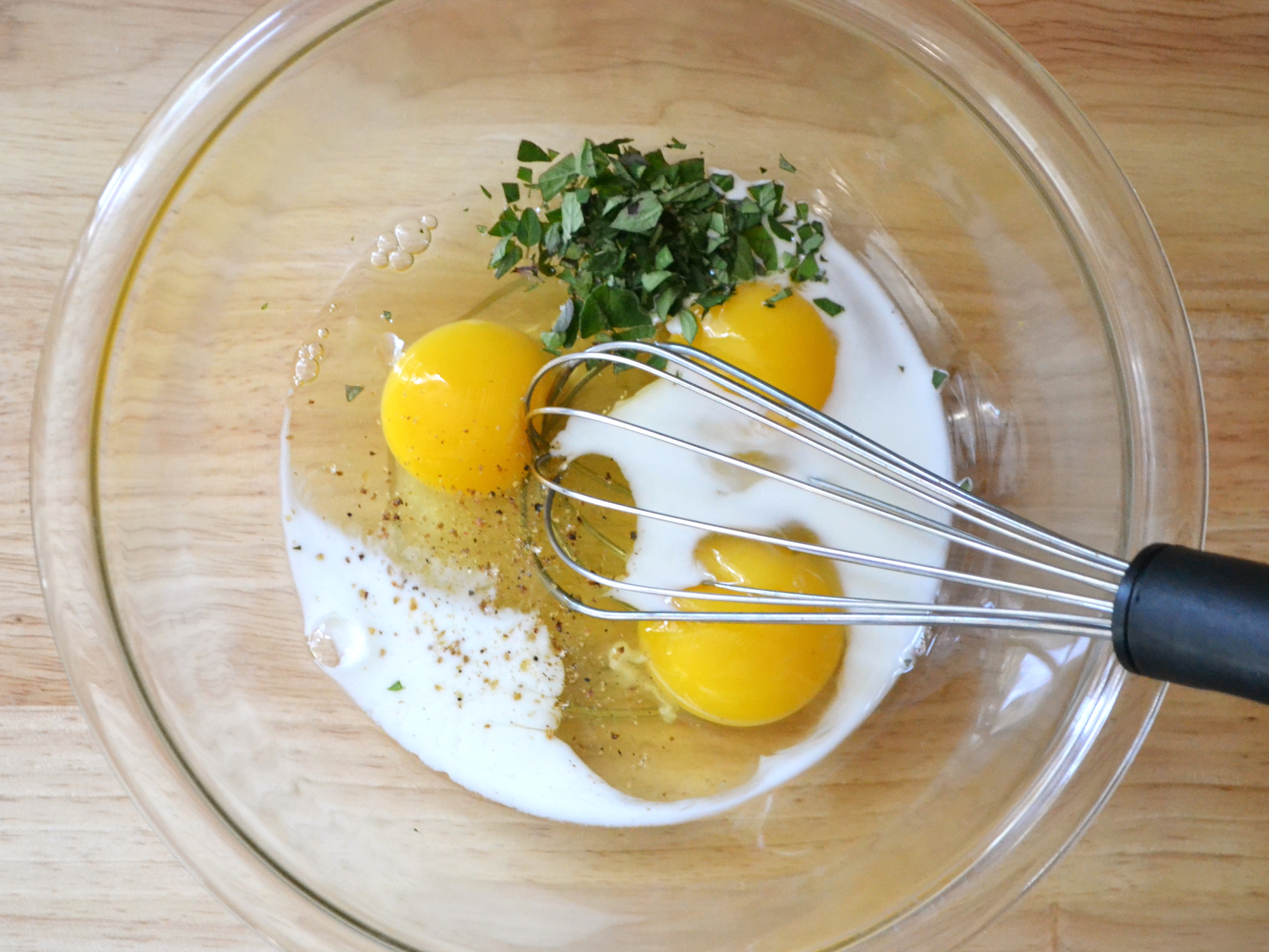
How to Make an Omelet
Omelets take many forms. From a lightly scrambled egg pancake seasoned with only a pinch of salt and pepper to elaborately stuffed egg envelopes, omelets are a breakfast staple. Whether you’re after a minimal French-style omelet or a large, stuffed American omelet, one goal remains the same — the eggs should be soft, moist and fluffy.
1 Collect Your Ingredients

For a successful omelet, you’ll need only a few ingredients: butter, fresh eggs, a splash of milk, salt, freshly cracked pepper and the fillings of your choice.
2 Whisk Eggs with Seasoning

Begin your omelet by cracking two or three large eggs into a medium-sized mixing bowl. Add a tablespoon of milk to the eggs, which will help generate steam as the eggs cook and produce a fluffier omelet. Season the eggs with a pinch of salt, pepper and fresh herbs if desired (basil, oregano, chives and thyme are all great with eggs). Whisk the eggs briskly until the mixture has a smooth, consistent color and texture.
3 Melt Butter

Melt one tablespoon of butter in a skillet over medium heat. Use an 8-inch skillet for a two-egg omelet and a 10-inch skillet for a three-egg omelet. A nonstick, heavy skillet with sloped sides is key for omelet success. The sloped edges and nonstick surface will help the eggs slide around effortlessly, while a thick, heavy construction ensures even cooking. Thin or poor-quality skillets will not heat evenly, leaving your omelets with stiff, dry centers and soggy outer edges. Omelet fail!
4 Begin to Cook Eggs

Make sure the butter is spread evenly around the skillet and is sizzling before adding the whisked egg. Pour the eggs into the skillet and then use a spatula to gently move the eggs around as they begin to set. Allow the uncooked egg to run back into the empty spaces on the skillet as you move the spatula around. This gentle pushing action creates delicious, fluffy folds in the omelet. Continue this action until the egg is mostly set. The surface of the egg should still look shiny and wet, but the egg should no longer “flow” when the skillet is tilted.
5 Fill the Omelet

Now it’s time to fill your omelet! For a trifold omelet, sprinkle the filling down the center third of the egg pancake. For a single-fold omelet, distribute the fillings over one-half of the egg pancake. Run the spatula around the outside edge of the egg to help loosen it from the skillet and then give the skillet a quick flick or shake to loosen the omelet in the center.
Use a wide spatula to fold the egg over the filling. For a single fold omelet, simply fold the empty half of the egg over the side with the fillings. For a trifold omelet, fold one-third of the egg over the filling in the center, then roll the omelet over the final third, so that it is folded like a letter, seam side down.
Turn the heat off and allow the omelet to sit for one minute in the warm skillet. The residual heat will finish cooking the egg and melt any cheese, if used as a filling.
6 Devour

Your perfectly soft, moist and fluffy omelet is now ready to devour. With an endless number of possible omelet flavors and fillings, you can perfect your technique while trying them all!
